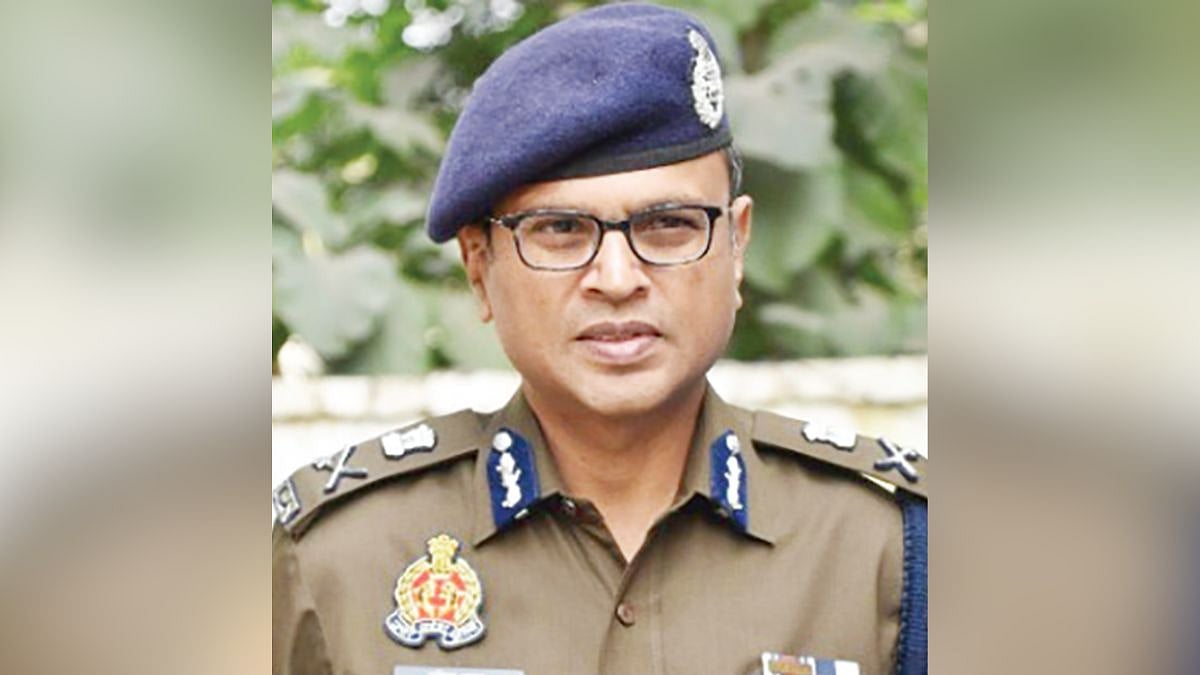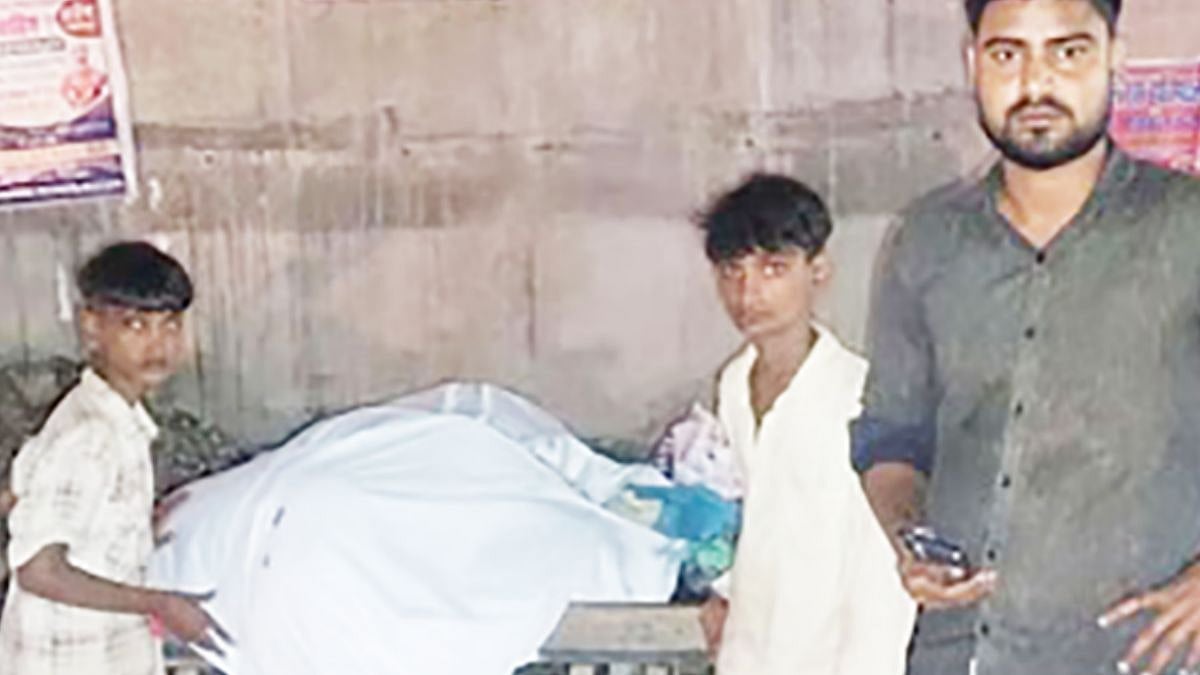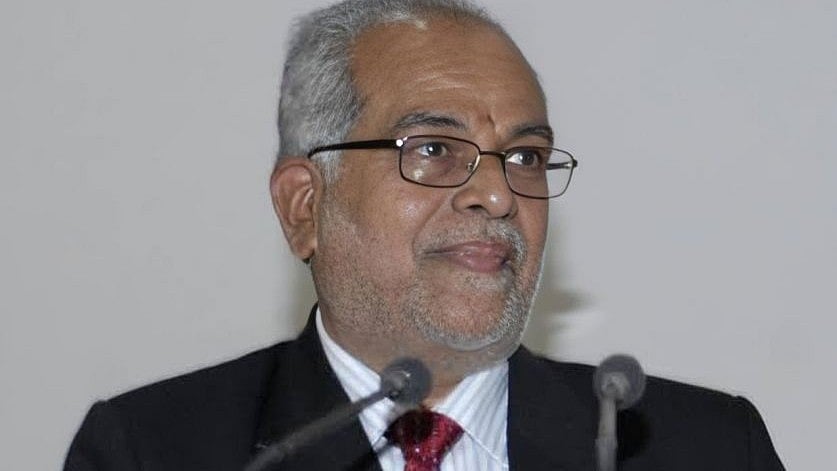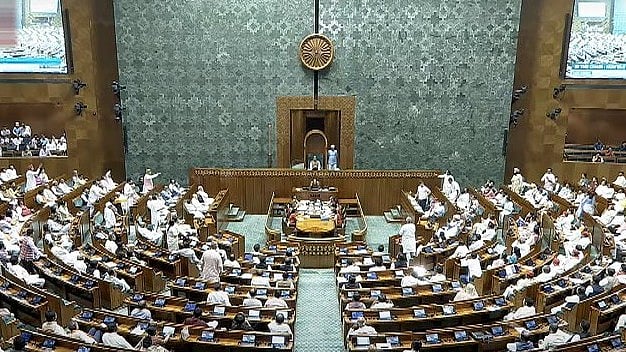‘Now I know why Julia Roberts came here,’ says a post on Tripadvisor by a visitor to Padang Padang, a gorgeous white sand beach in South Bali much-loved by surfers. The famous actress came here to shoot the beach scenes in Eat, Pray Love, a 2010 Hollywood romantic drama about the transformative power of self-discovery — a year of travel in search of meaning. In the film, Roberts goes to Italy to eat, India to pray, and Bali to escape a broken heart.
The fun fact I discovered while on a short vacation is that you do not have to be nursing a broken heart or even surfing to be seduced by Padang Padang.
Being just a spectator can be entrancing, no matter who you are. Looking through my collection of vacation photographs, one image leaps out. It is of two young women in loose, flowing white robes, brown headscarves, smiling, laughing, enjoying the clear, blue-green waves and the white sand on their bare feet.
I never got to know their names. The image has stayed — it captures so many essential features about why some places rejuvenate and others do not.
It is tempting to reduce Bali’s charms to its stunning beaches, sunsets, and landscapes. But travelling around the island, going across to Ubud, the cultural hub, there was something else, equally powerful, that leapt out. Bali is among Indonesia’s top tourist attractions. It is dominantly Hindu in a country with the largest Muslim population in the world. As a tourist, what struck me was the widespread acceptance of ‘To each their own.’
You could be a spectator simply watching the waves, don a headscarf, cover your body, or an avid surfer, sport minimalist swimwear. No one stares.
We watched the Ramayana in the Bali Kecak dance (fire dance) in the Uluwatu temple with the Indian Ocean as the backdrop. It was a playful version. Somewhere in the middle of the show, Hanuman found time to mingle with the audience, even take selfies. Purists may shudder but personally, I liked the fun element. The Balinese practice a harmonious blend of Hinduism, Buddhism, and local animist beliefs. It is tangibly distinct from "Hindutva," or Hindu nationalism which has been on the ascendant in India in recent years. Most Hindus in Bali do not eat beef, but there is beef rendang and steak for those who do.
Which brings me to the larger point about Southeast Asia’s tourist favourites. No place or journey is hiccup-free. What many places like Bali have achieved is a certain harmony possible only when the societal discourse is not overwhelmingly enthused by the country’s culinary, cultural, or religious fault lines.
As an Indian who has travelled a fair amount across the world, lived in several countries, and is currently based in Southeast Asia, I have often wondered why India, with its size, enormous diversity, stunning landscapes, exquisite art, and culture does not attract a fraction of the international tourists it could.
Tourism is an important metric of a country’s soft power. On this score, India punches way below its weight. In 2023, 9.23 million foreign tourists visited India. In the same year, Thailand welcomed over 28 million foreign tourists. Singapore, a tiny city state, attracted 13.6 million international visitors. and the number of foreign tourist arrivals in Indonesia was nearly 12 million.
No country is without flaws; no journey is hiccup-free. That said, there are basics. Holidaymakers typically want to visit places which are clean, safe for everyone, and where they are not judged for their personal choices.
Which brings me back to the core principle of respecting lifestyle diversity. What works against India is not only lack of public hygiene, adequate infrastructure, but also safety for women and ordinary tourists who want to move about freely. You can build all the roads and bridges and airports you like but if public toilets are not clean or easily accessible, if female travellers are gawked at, groped or feel unsafe, magnificent monuments and charming cuisine will not suffice.
What needs to be stressed is that addressing these glaring deficiencies would help Indians too. Domestic tourists would benefit as well. We need to learn how to treat our own people with respect and dignity irrespective of who they are. If Indian women cannot travel freely in many parts of the country, how do we expect things to get better for foreigners?
Thailand, where I am based part of the year, is dominantly Buddhist. But the image it seeks to project to tourists focuses on its pluralism. Through political turmoil and economic distress, one thing is made clear — as far as everyday life is concerned, no one tells you what to eat, how to dress, who to mate with. There is Thai temple attire — a sarong to cover bare legs. But generally, religion has an element of fun. Visitors to Bangkok’s iconic Wat Arun or the Temple of Dawn typically check out the ice cream, which has a distinct colour and is inspired by the blue ceramic tiles, delicate patterns, and designs of the pagoda. Weaving a temple’s identity into the ice cream is not unique to Bangkok’s Wat Arun. Chiang Rai’s Blue Temple, immediately recognisable for its luminous shade of sapphire, also offers blue-coloured coconut ice cream. The colour comes from adding butterfly-pea flowers, used in Thai cooking.
As a foreigner, I am also fascinated by a permanent exhibition dubbed, aptly, “Decoding Thai-ness” in Bangkok’s Museum Siam, especially the segments on Thailand’s identity, the way it has interacted with other cultures round the world. “My Thai-ness can be different from your Thai-ness. We have diversity… many cultures - we receive, we adapt. We mix and match elements from different cultures. We are flexible, we are trendy,” a guide tells a local reporter on a TV show about the museum.
Pad Thai, one of Thailand’s best-known dishes, has Chinese origins. Wai, the Thai greeting, is inspired by the Indian Namaste. Buddhist-majority Thailand wants to become the halal hub in Southeast Asia. Muslims are the largest religious minority in the country.
In no country is there perfect equality, but stark, in-your-face inequalities and lack of social cohesion are put-offs. Rising majoritarianism and the constant focus on cultural and religious fault lines rob India of much of its sheen.
India’s prime attraction is its diversity and syncretism.
Here is a message to the new coalition government in India — let everyone live, love, dress, eat and mate the way they desire. They will be happier; foreign tourists will be more at ease, and more of them will visit.
Patralekha Chatterjee is a writer and columnist who spends her time in South and Southeast Asia, and looks at modern-day connections between the two adjacent regions. X: @Patralekha2011






.jpg)



